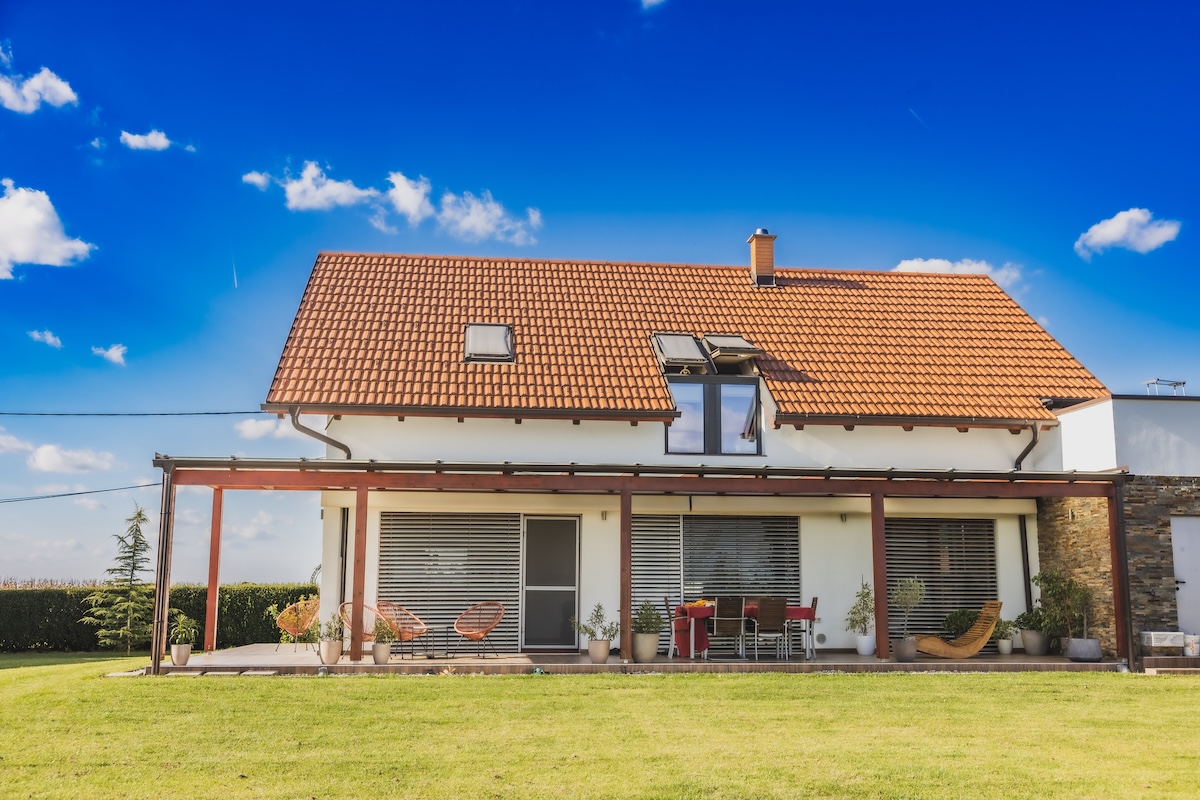

We may earn revenue from the products available on this page and participate in affiliate programs. Learn More ›
The heat is on and temperature records keep getting shattered. In June of this year, more than 60 percent of the world population faced extreme heat that was made at least three times more likely by climate change, according to Climate Central. Additionally, more people are living in areas experiencing drought. During this age of climate change, it’s more important than ever to protect our homes from the impacts of volatile weather patterns like extreme heat.
While some traditional building practices already help reduce heat gain, we are also seeing companies offering new products to help mitigate the hot temperatures we are experiencing more frequently. From heat-reducing decking to low-E glass windows to shade structures, homeowners have many choices to incorporate heat-resistant building materials in a new home or renovation.
Here are some heat-resistant products to explore and consider using in your next home project.
1. Reflective Roof Coating
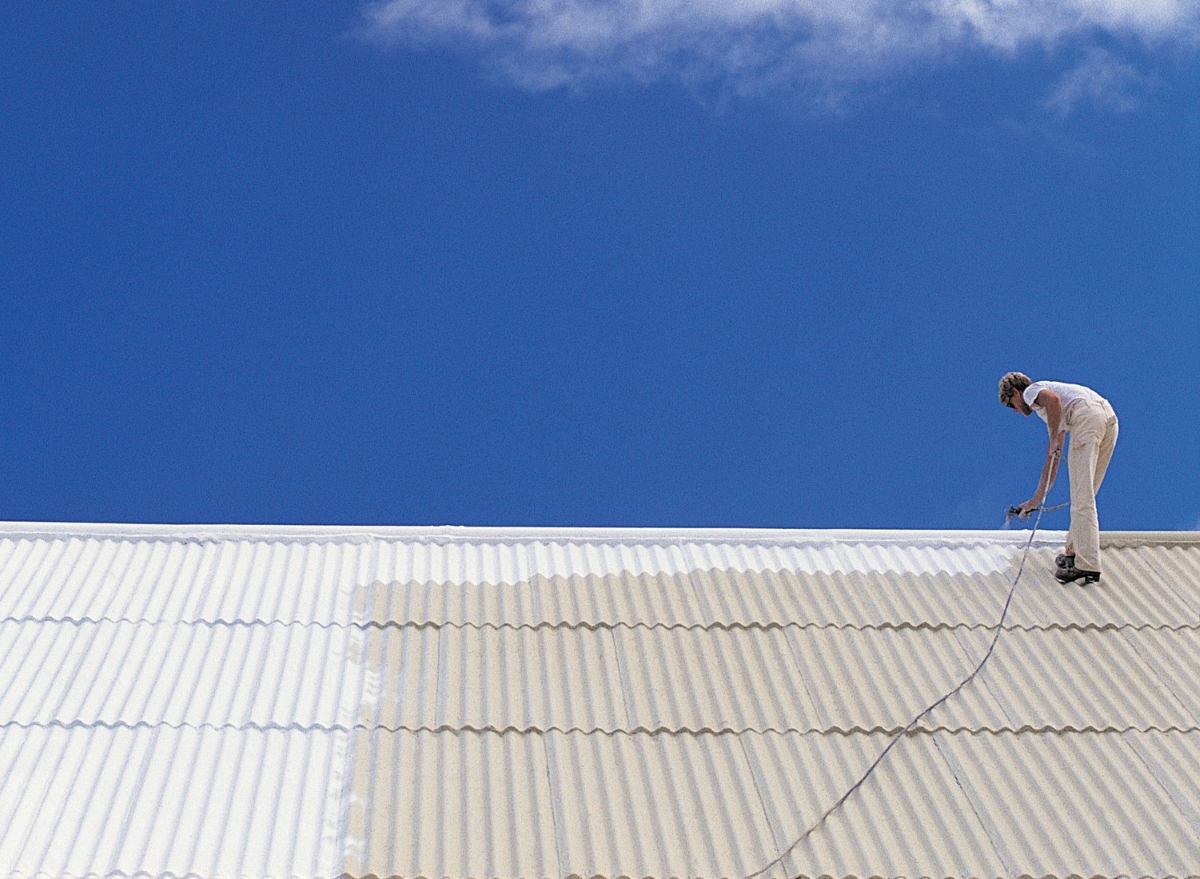
Reflective coatings can be applied to roofing materials to improve their ability to resist heat. “These coatings are designed to reflect sunlight and reduce the amount of heat that is transferred into the home,” explains Craig Young, vice president of Roof Doctors in California. A reflective coating is often used to create cool roofs, which are now mandated in some areas like Los Angeles, California.
Residential buildings must meet a minimum value of solar reflectance and thermal emittance, which can be achieved by using a reflective coating. Cool roof coatings not only cool the home and save on energy costs, but they also help the roof last longer. Examples include water-based acrylic roof coatings that work well for metal and asphalt, and silicone roof coatings that are ideal for flat roofs.
2. Heat-Reducing Decking
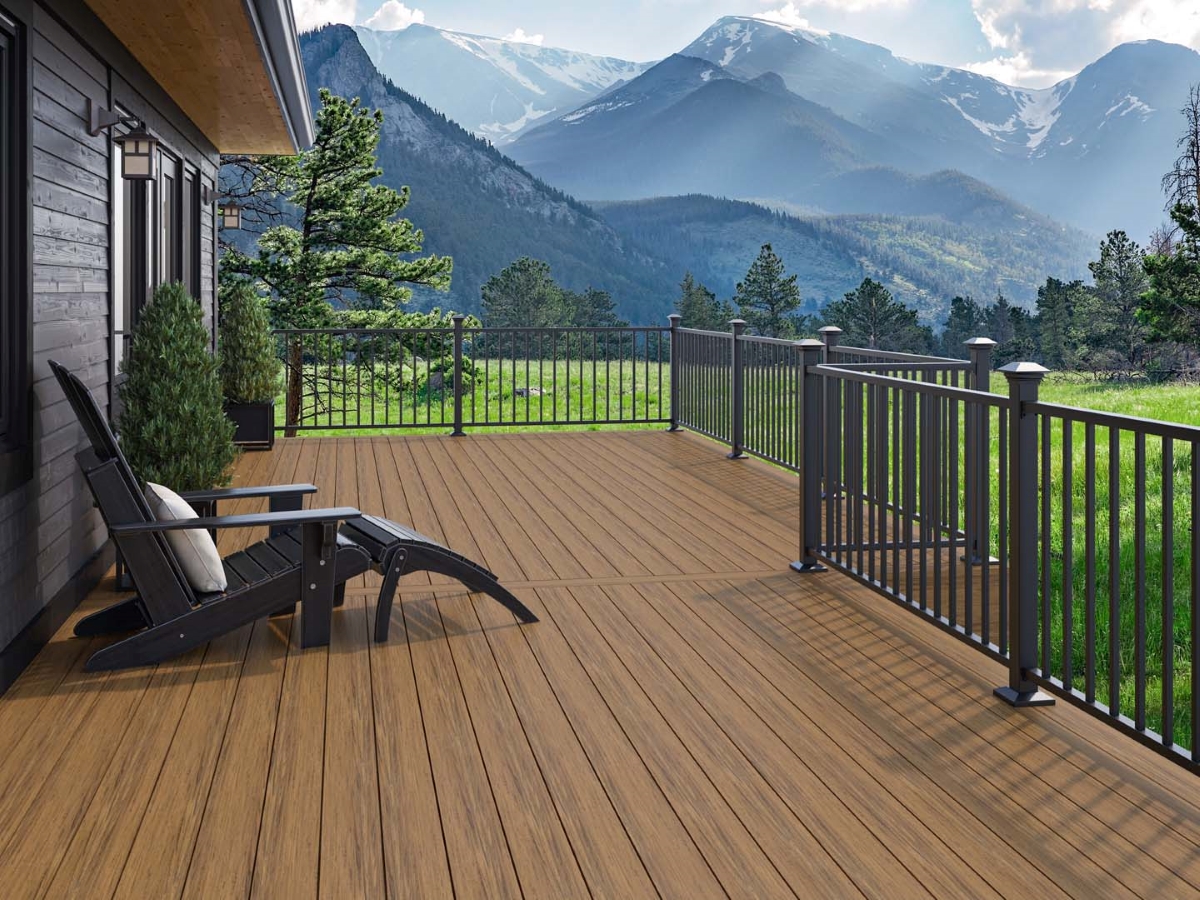
The typical composite deck can reach between about 130 degrees Fahrenheit to as high as 200 degrees Fahrenheit, with the darkest colors getting the hottest. Fortunately, composite decking products are now available to withstand the heat better. Deckorators, a decking and railing company, now offers heat-resistant decking products. Their Surestone decking holds less heat and has virtually no thermal expansion or contraction. Crafted with crushed limestone, the boards hold less heat and infrared-reflective caps—the polymer shell that’s over the wood-plastic core—minimize heat.
MoistureShield is another company offering composite decking designed to beat the heat. Their CoolDeck Technology reduces heat absorption by up to 35 percent compared to standard capped composites in a similar color.
3. Thermal Insulation
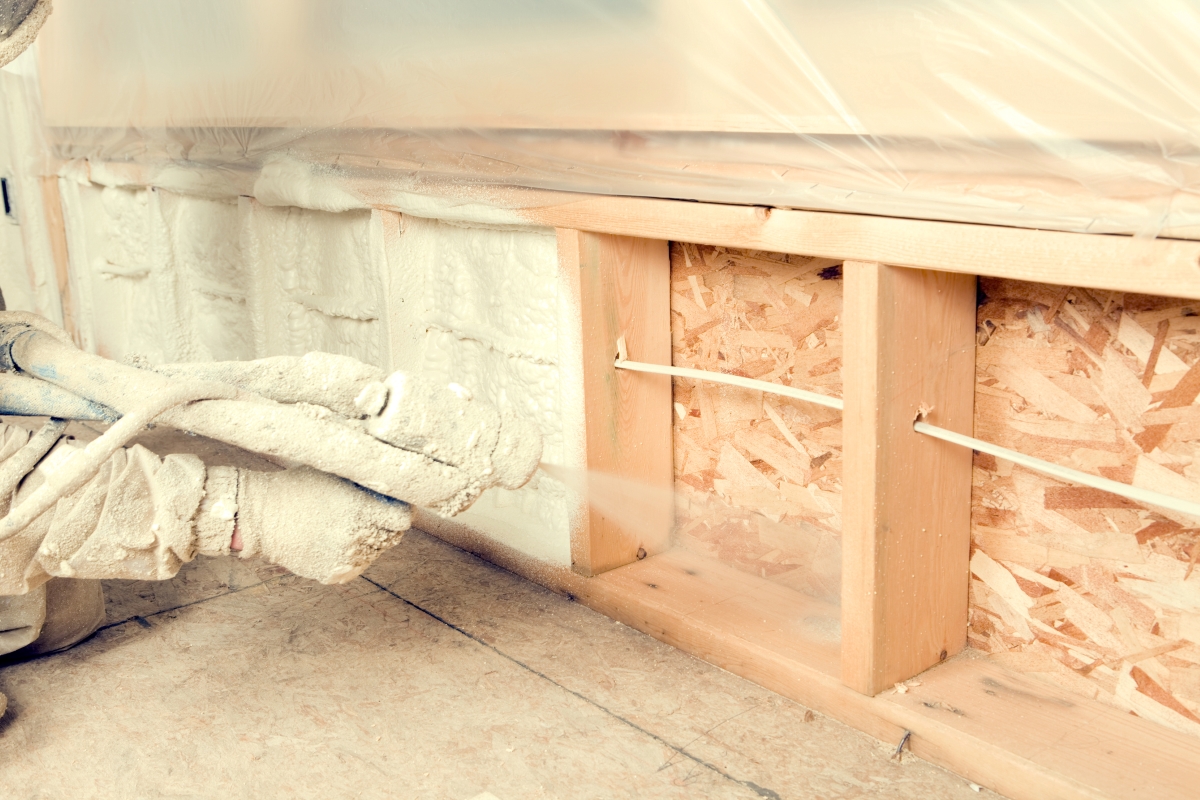
Effective insulation is necessary for a heat-resilient home, and can significantly lower the heat transfer from outside through the roof, walls, and ceilings to the living space inside the home. This will help keep the air cooler and reduce how much the air conditioner needs to run. While there are a variety of insulation types, spray foam insulation is a good choice for sealing cracks and crevices to prevent cool air from leaking. However, avoid using it in ventilated attics, around recessed lighting and wiring, and areas prone to water leaks.
4. White Paint
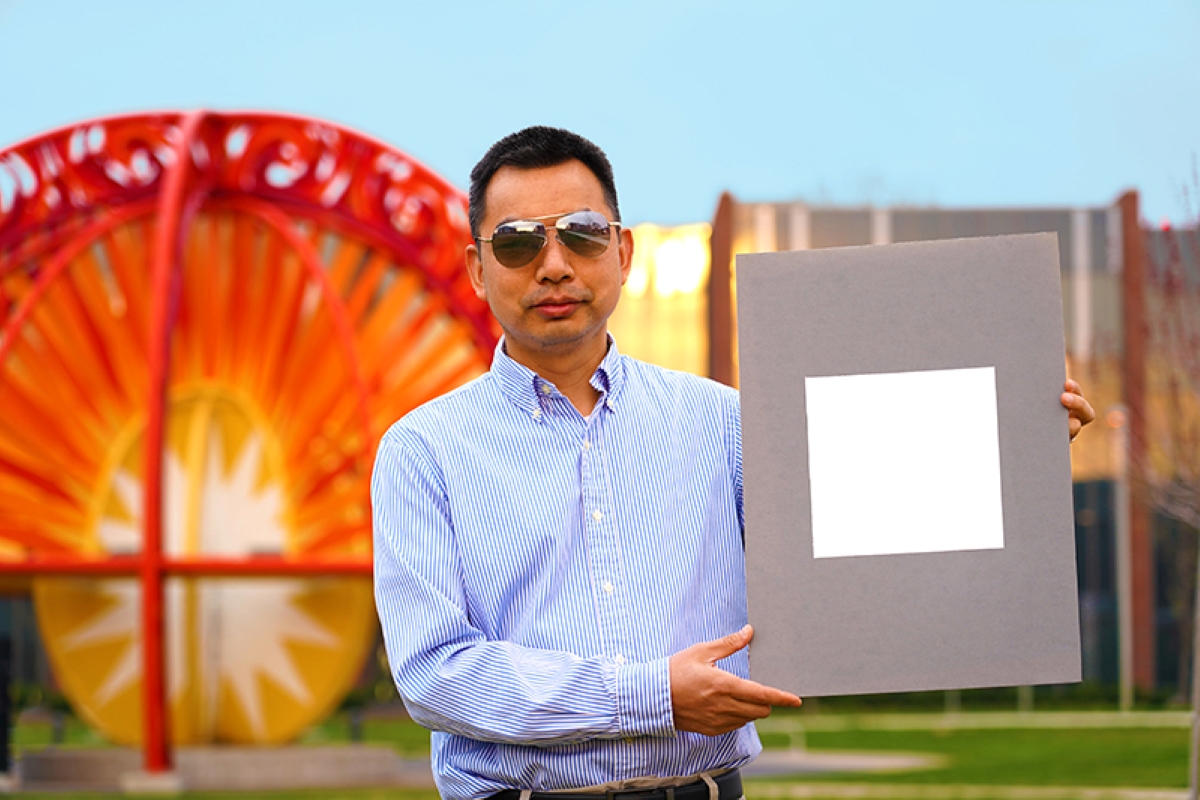
Something as simple as a new white paint has become an innovative solution for adapting to extreme heat and climate change. In 2021, researchers at Purdue University developed the whitest paint ever created; it is so white that it reflects more than 98 percent of light. Since light produces heat, the white painted surfaces will have a lower surface temperature, which results in a lower indoor temperature as well. This can help keep a home cooler and reduce the need for air conditioning.
5. Heat-Reducing Wood Stain
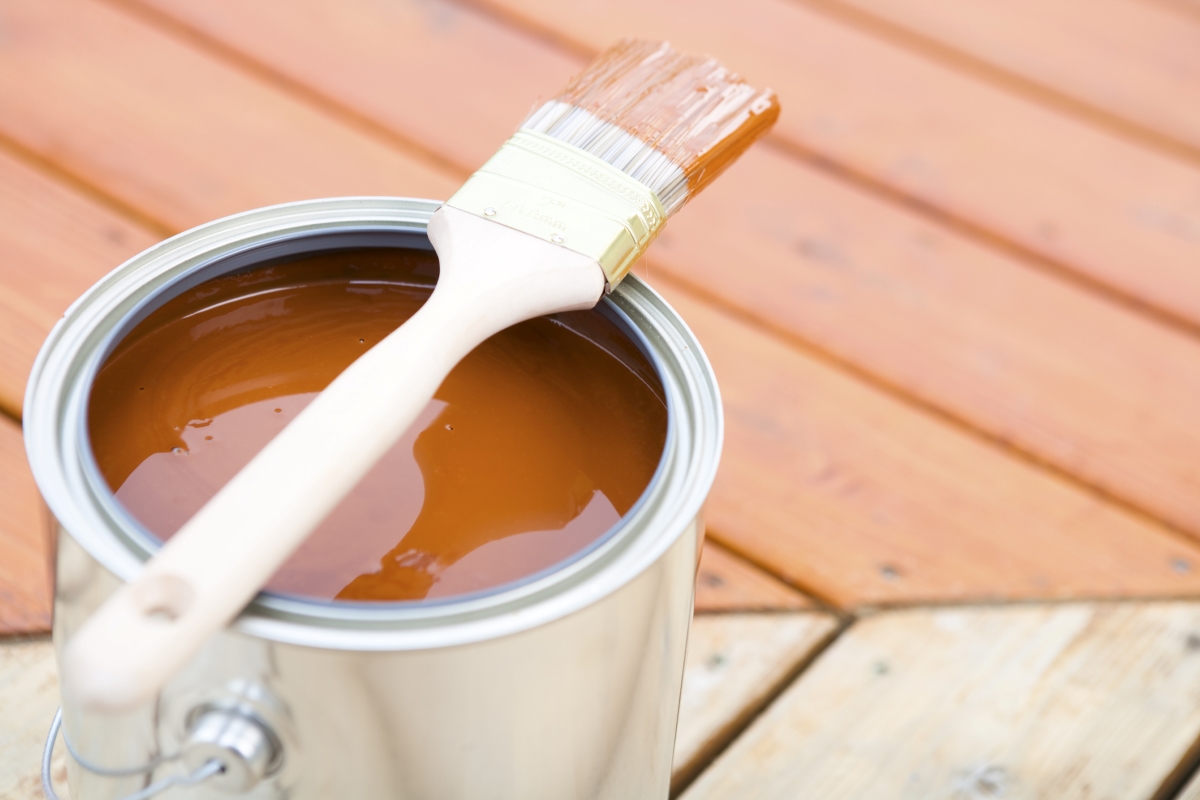
There is a wood stain designed for hot temperatures. Wood stain manufacturer Cabot just launched an innovative product: Cabot Heat-Reducing Solid Stain + Sealer with Cool Feel Technology. It has been engineered to significantly lower surface temperatures by up to 20 degrees Fahrenheit, which can help make outdoor spaces more enjoyable and safer to touch. The stain color blocks and reflects ultraviolet rays, deflects the sun’s heat, and reduces the surface temperature.
Keep in mind that the amount of temperature reduction may vary depending on stain color choice, ambient temperature, time of day, and the amount of direct sunlight on the surface.
6. Low-E Glass Windows
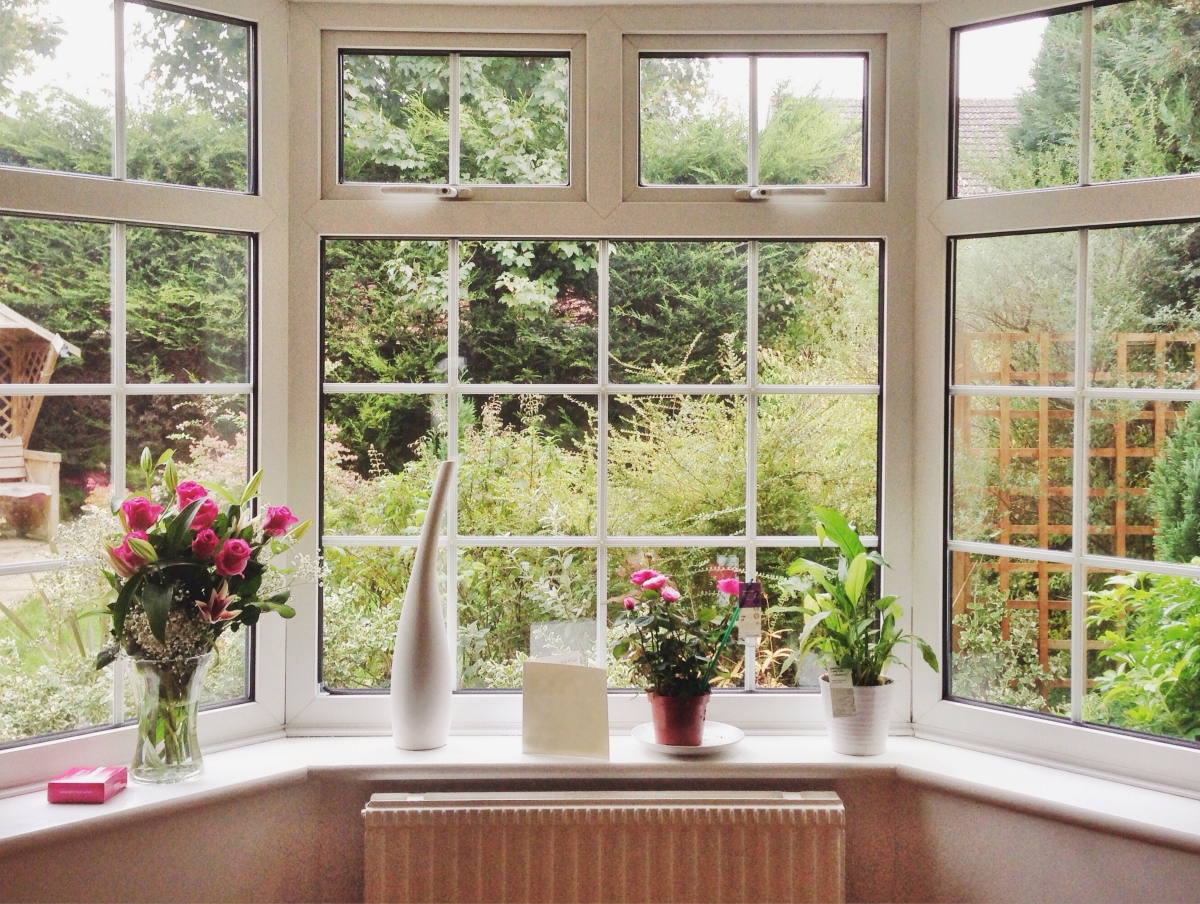
Low-E (low emissivity) windows are a must-have in a heat-resilient home. They are constructed using advanced glazing that’s designed to boost energy efficiency by sealing up the house’s exterior to prevent heat transfer through glass.
These windows feature a microscopically thin coating applied to the glass surface, which reduces the amount of infrared and ultraviolet light that can pass through. This helps to minimize heat transfer, keeping the interior of the home cooler in hot weather. By reflecting heat back into the room rather than letting it escape through the glass, windows with low-E glass help reduce energy consumption and improve comfort levels.
7. Highly Reflective Roof Shingles
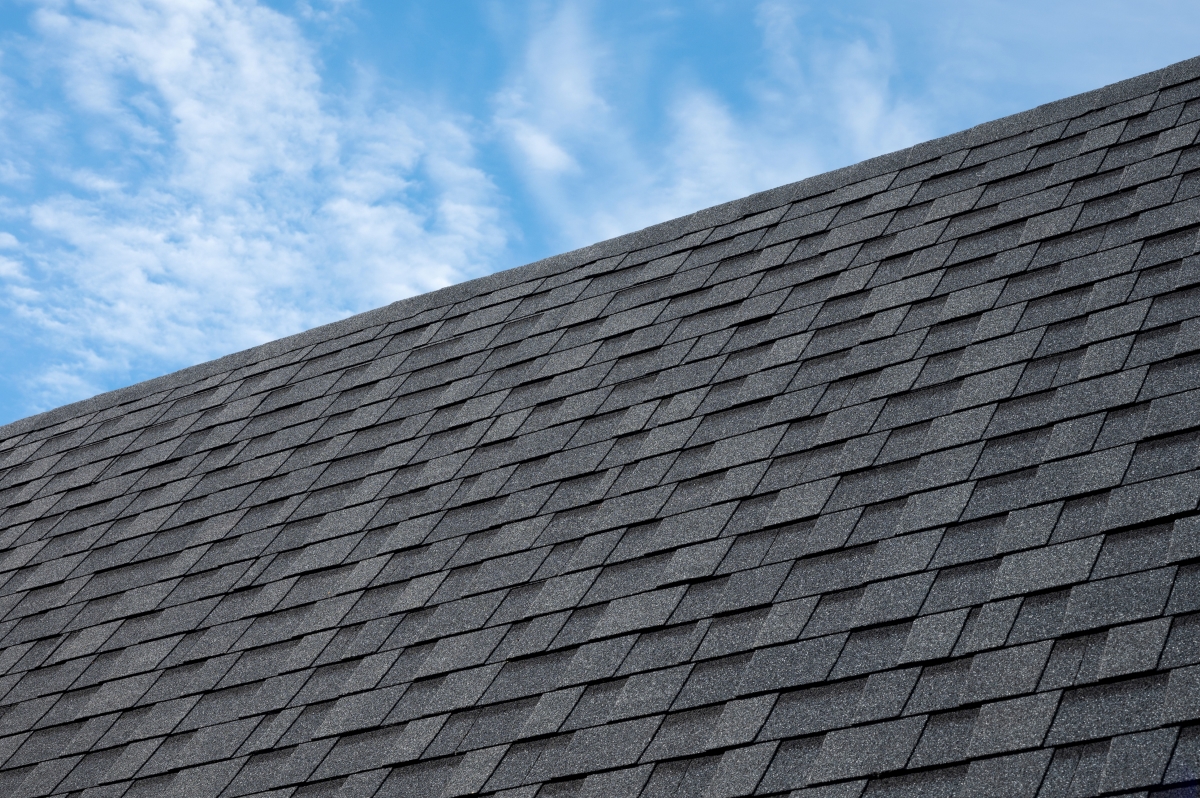
Highly reflective roof shingles, often used for cool roofs, help reduce the heat inside a home. “Cool roofing materials are designed to reflect more sunlight and absorb less heat compared to standard roofing materials,” says Young. “They are typically measured by their solar reflectance and thermal emittance properties.”
Cool asphalt shingles are coated with a special material that reflects solar energy. For example, GAF’s Timberline Cool Series (CS) shingles can reflect more of the sun’s rays than traditional shingles, significantly reducing heat absorption. Another option is metal roofing coated with reflective paint or a special pigment to minimize solar radiation. Finally, high-albedo roof shingles incorporate special granules that improve their reflective ability.
8. Shade Structures
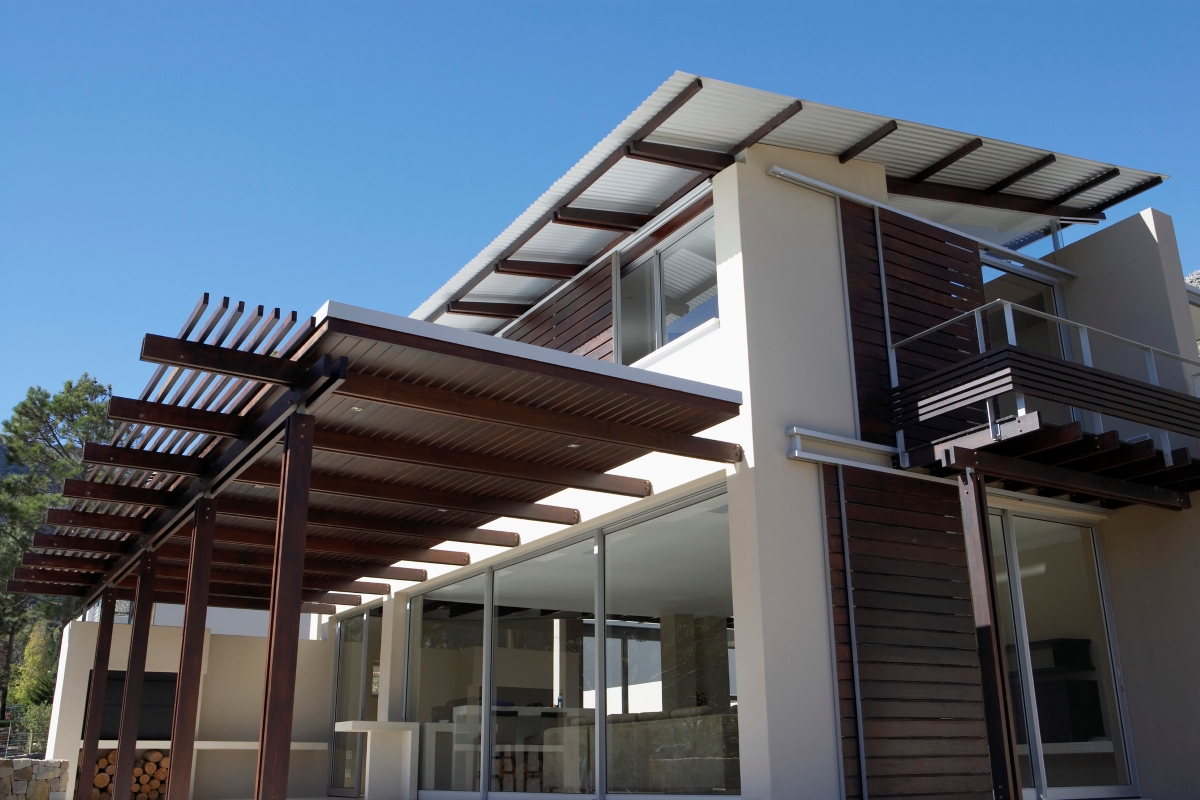
Shade is critical to keep a home cool since solar radiation is a significant heat source of a home, primarily entering through windows, glass doors, and skylights. There are now a variety of shade structures for the exterior of a home, including awnings, roof overhangs, canopies, shutters, horizontal and vertical shade screens, and high-performance window glazing and films.
Installing these types of protective coverings prevents the sun from directly hitting the roof and walls of the house, which is especially critical in the summer months when more than three-fourths of the sunlight that reaches windows turns into heat. The United States Department of Energy recommends prioritizing shade for windows on the east and west sides of a house.
9. Heat-Absorbing Construction Materials
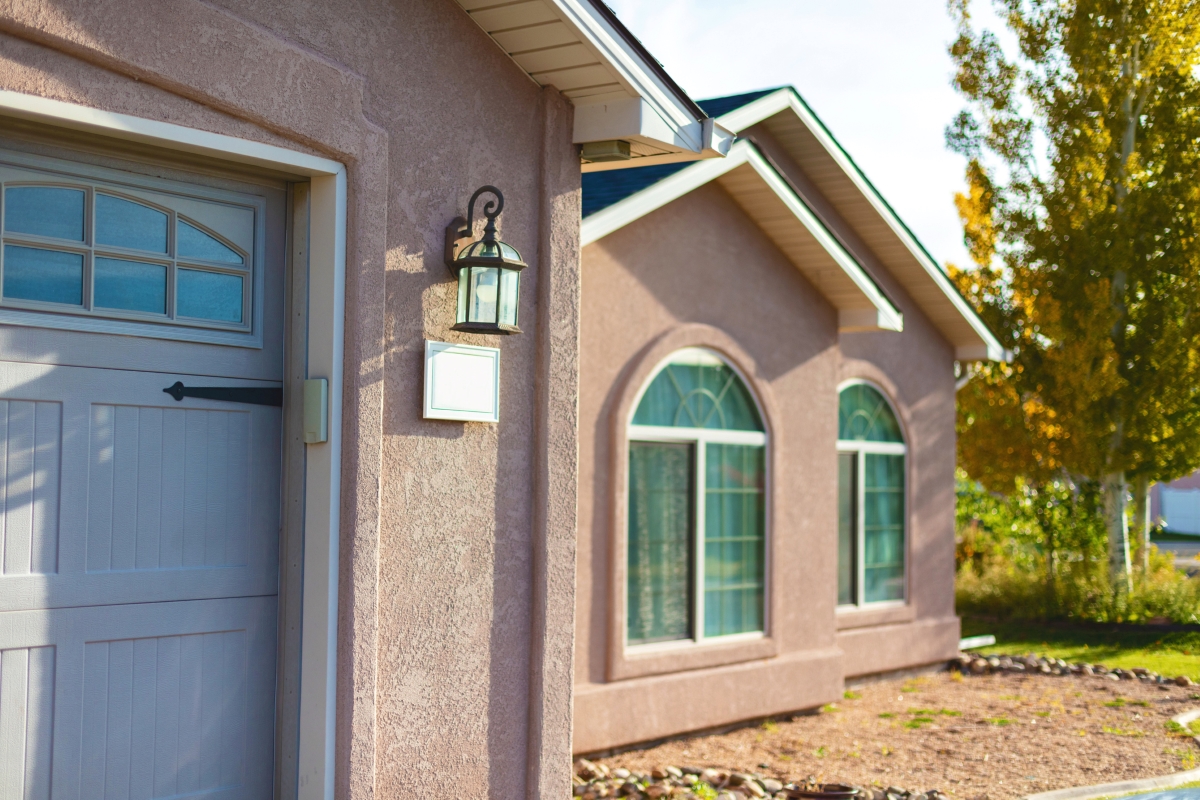
Certain construction materials have thermal insulating properties to keep a home cooler during extreme heat. High thermal mass materials like concrete, stone, clay, and mud can absorb heat during the day that is later released at night by cooler air. These materials, therefore, are better at passively cooling homes because they have more capacity to store the heat that would otherwise get transferred to air inside the home.
Some of the best heat-resistant building materials, according to Roi Omer, owner of Valley Boutique Builders in California, include concrete, stone, and brick that absorb heat, withstand high temperatures, and do not catch fire easily; gypsum that is used in drywall; and stucco, a highly fire- and heat-resistant material most commonly used on the exterior of the home.
Made from a blend of clay, sand, and soil, rammed earth is another heat-resilient material that keeps in heat during the day and releases it gradually at night. Finally, hempcrete is a highly breathable and insulating product made from the woody core of the hemp plant combined with a lime binder. It is a sustainable building material that has the ability to control temperature and humidity.
10. Heat-Resistant Siding

Heat-resistant siding materials like fiber cement siding, vinyl siding with reflective properties, and metal siding are also available. “Insulated vinyl siding has a foam-insulation backing that can help enhance both the appearance and the thermal insulation value of a home, helping to more effectively regulate heating and cooling indoors, create a more comfortable living environment, and increase a home’s resale value and curb appeal,” according to Kriss Swint, director of marketing communications and design lead at Westlake Royal Building Products.
CraneBoard Solid Core Siding from Westlake Royal Building Products and Mastic Western Extreme by Ply Gem are two examples of insulated siding that withstand high temperatures.
